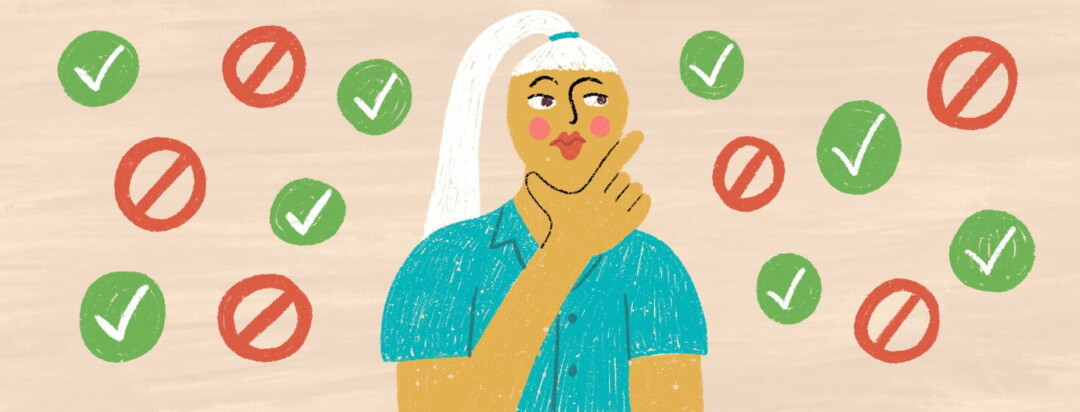Dos and Don'ts of Rescue Inhalers: Lessons Learned From Personal Experience
Since 1980, I have been using rescue inhalers. I have taken billions of puffs. It is not a brag, just a lung-induced expertise that comes with the territory. I have learned a thing or two, and even though it's not a skill I signed up for, it's one I've got. So, let me share some rescue inhaler wisdom – the dos and don'ts.
My dos and don'ts of rescue inhalers
Do: Keep the cap on when not in use
In my everyday routine, my inhaler is like a reliable sidekick, tagging along in my pocket with other essentials like lint and pieces of tissues. When I find myself feeling short of breath, I naturally reach for my inhaler, hoping for quick relief. However, sometimes lint sits on the inhaler actuator, and when I inhale and puff, this piece of lint goes directly into my airway. This causes me to cough and feel even worse.
So, the takeaway here (what I learned) is to always keep the inhaler's cap securely on to steer clear of these unexpected lint surprises. It is a simple precaution that can make a big difference when every breath counts.
Don’t: Forget to check the counter
Back in the old days of inhalers, those small canisters that helped with breathing did not have the handy counters they do now. I am sure you have experienced something like this before: you suddenly need a puff, so you grab your inhaler, excited for relief. But instead, you hear the disappointing "phtt" sound of an empty puff. You gasp silently, desperate for help, and try again, hoping for relief.
Unfortunately, you are met with the echoing emptiness of an empty inhaler. In these tough moments, asthma attacks kept going, and the urgency for breath was made worse by the ineffective inhaler. This was when the lack of a counter turned a simple act into a risky game.
Those were the lessons learned in the old inhaler days, where the balance between needing it and actually having it was uncertain. Thankfully, today's inhalers usually come with counters. But there is a catch – forgetting the counter exists can lead to the same problem. Lesson learned: Keep an eye on the counter. Before it hits zero, have a new one ready to go.
Do: Keep track of your inhalers
Imagine reaching for your inhaler, and, oh no, it's empty!
Sound familiar?
Panic sets in, and you decide it's time to use your backup inhaler. But wait, where is that lifeline? Is it sitting patiently at the pharmacy? Definitely not the ideal spot. Could it be playing hide-and-seek, nestled between the couch and the couch cushion? That's not what you had in mind either. Trust me, I have played the "Where's Waldo" game with my inhaler more times than I would like to admit.
When you are gasping for breath, the last thing you want is a missing inhaler adventure. So, lesson learned – always know where your inhaler is. Keep it close, keep it accessible, and save yourself from the scavenger hunt when every breath counts.
Don't: Hoard expired inhalers
We have chatted before about the safety of using expired inhalers. (Yes, it may generally be okay, but talk to your doctor about this).
However, let's talk potency. Holding onto expired inhalers for an eternity, as tempting as it may be, is not the wisest move. Trust me, I have been there, especially when discovering a long-lost inhaler.
The puff? Nasty. Over time, the chemical magic inside the canister changes, making the medicine less potent and, frankly, not the tastiest.
So, here's the deal: if a particular inhaler has been resting in your stash for a while without any action, consider giving it a yearly retirement party and bringing in a fresh replacement. Your lungs will thank you for the upgrade!
This or That
Can you relate to John's lessons learned?
What are your dos and don'ts?
These are some insights I have learned during my 44 years as a user of rescue inhalers for my asthma. Are there tips you have learned along the way? Please share in the comments below.

Join the conversation